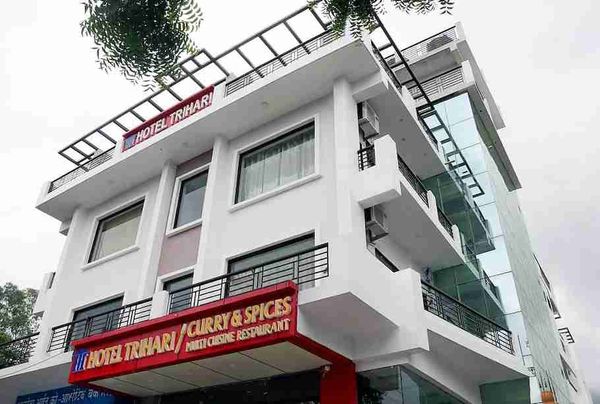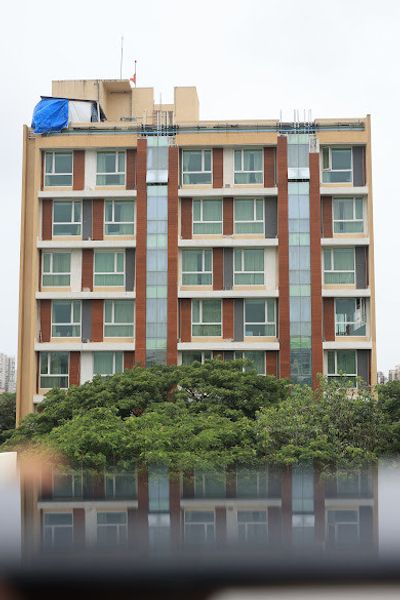Mastering the Kedarkantha Trek: Pro Tips for an Unforgettable Journey
 Birendra Bisht
27 Aug, 2025
11 mins read
1
Birendra Bisht
27 Aug, 2025
11 mins read
1
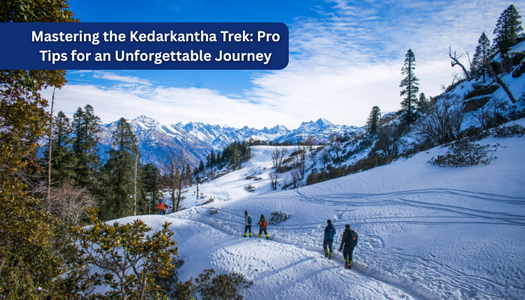
Understanding the Kedarkantha Trek
The Kedarkantha trek is often called the “Queen of Winter Treks†in Uttarakhand. Famous for its snow-covered trails, stunning campsites, and panoramic summit views, it’s one of the most loved treks among both beginners and seasoned trekkers. The route takes you through enchanting pine forests, open meadows, frozen lakes, and finally to a breathtaking summit that opens up a 360-degree view of Himalayan peaks like Swargarohini, Bandarpoonch, and Black Peak.
When I first experienced Kedarkantha, what struck me the most was its perfect balance between adventure and accessibility. Unlike some high-altitude treks that demand technical climbing, Kedarkantha is beginner-friendly but still offers the thrill of snowy ascents and high-altitude camping. Understanding its phases—from gradual forest climbs to snowy summit pushes—helps you prepare both mentally and physically for the adventure.
Planning Your Trek: Key Considerations
A successful Kedarkantha trek begins with careful planning. Start by understanding the trail—roughly 20 km in total, usually completed in 4–6 days depending on your itinerary. Unlike crossover treks, Kedarkantha is a summit trek, meaning you’ll return via the same trail, making navigation simpler.
The trek is accessible from Sankri village, the base camp. Researching the route, difficulty level, and necessary permits beforehand ensures a smooth experience. Booking with a reliable trekking company is highly recommended, especially for first-timers.
Best Time for the Kedarkantha Trek
The winter months (December to April) are the highlight season for Kedarkantha. During this time, you’ll trek through snow-covered forests and camp under starry skies, with the summit offering an unforgettable sunrise over snow-draped Himalayan peaks.
Unlike monsoon treks, Kedarkantha remains accessible in winters because the snow is manageable with basic gear. Summer (April–June) also offers a greener version of the trek, with blooming meadows and mild weather. However, winter remains the most magical time if you want the “classic Kedarkantha experience.â€
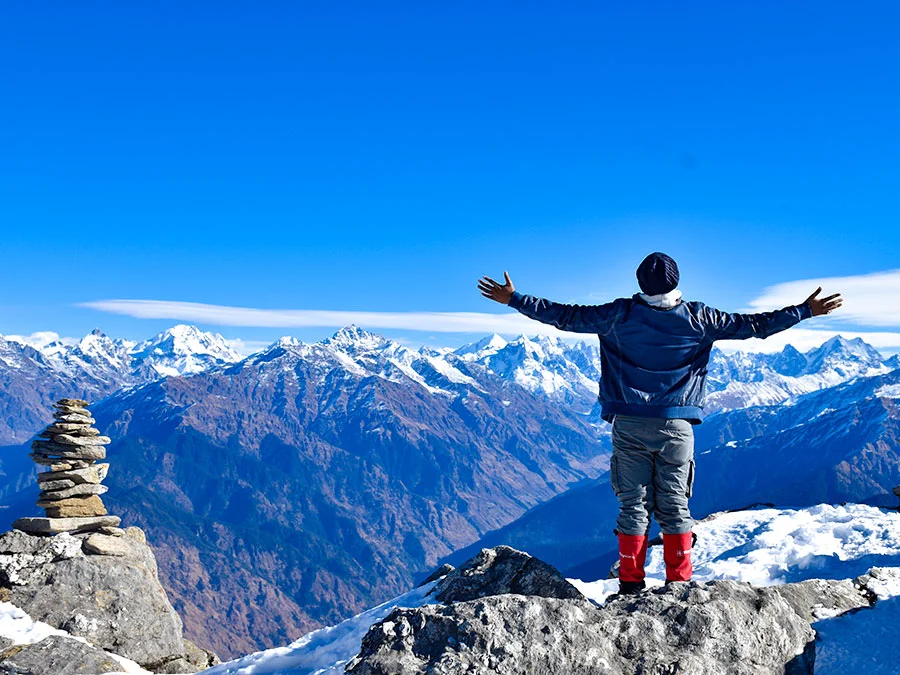
Essential Gear and Packing List
The right gear makes Kedarkantha both safe and enjoyable. A sturdy backpack with a rain cover is a must, along with insulated boots that can handle snow. I found gaiters and microspikes extremely useful while trekking on snowy patches.
Layered clothing is essential—thermal inners, fleece jackets, and waterproof outerwear keep you prepared for both daytime climbs and freezing nights. Don’t forget essentials like a headlamp, trekking poles, first aid kit, power bank, and reusable water bottles.
Read here: Things To Carry For The Himalayan Trek
Navigating the Terrain: What to Expect
The Kedarkantha trail is diverse, making it exciting for trekkers. The initial stretches are shaded pine and oak forests, opening into meadows like Juda Ka Talab—one of the most picturesque campsites. From there, you ascend towards the Kedarkantha Base Camp before attempting the summit.
The summit climb begins around 2–3 AM so that you can reach the top by sunrise. Walking on crunchy snow under a star-lit sky is surreal, and the reward—a panoramic Himalayan sunrise—is beyond words. The terrain alternates between forest trails, snowfields, and rocky summit ridges, ensuring variety throughout.
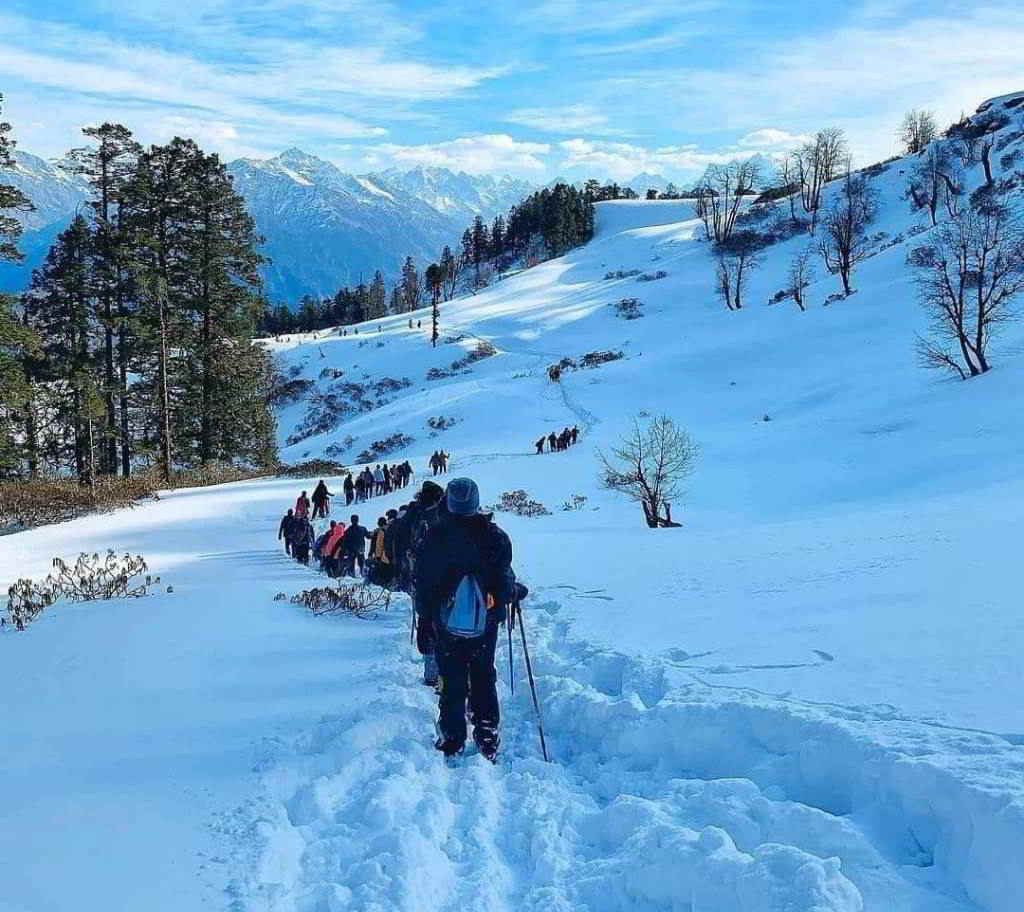
Health and Safety Tips
Kedarkantha is considered a moderate trek, but fitness is still crucial. Pre-trek cardio, strength training, and regular hikes can help you adjust better. Staying hydrated is key, even in cold weather. Carry ORS or electrolyte mixes to keep energy levels high.
Altitude sickness is rare since Kedarkantha’s summit is at 12,500 ft, but being cautious is always wise. Ascend gradually, rest adequately, and avoid overexertion.
Tips for Managing Cold and Snow
Kedarkantha is all about snow trekking, so preparation is key. Layering clothing, using snow gaiters, and keeping spare gloves are practical tips I learned the hard way. Wet gloves or socks can make your trek miserable, so carrying extras is essential.
A good pair of anti-slip spikes for your shoes makes summit climbs much safer. Camp nights can get extremely cold (sometimes dropping below -10°C), so investing in a high-quality sleeping bag is non-negotiable.
Food and Hydration Tips
Carrying lightweight, high-calorie snacks like dry fruits, protein bars, and chocolates works wonders on Kedarkantha. Camps usually provide hot meals, but quick bites during trekking hours keep energy levels steady.
Hydration is equally crucial, even though you might not feel as thirsty in the cold. Carrying a flask with warm water or herbal tea makes staying hydrated easier and more comforting.
Read more: 10 Best Winter Treks in Uttarakhand
Photography Tips for Kedarkantha
Kedarkantha is one of the most photogenic treks in India. Snow-laden pine forests create postcard-perfect frames, while Juda Ka Talab offers mesmerizing reflections. The summit sunrise, with Himalayan peaks glowing golden, is the ultimate shot every trekker dreams of capturing.
Carrying a tripod for night photography lets you experiment with star trails and Milky Way shots, which are often visible in the clear winter skies. Just remember to keep your batteries warm as they drain quickly in the cold.
Respecting Local Culture and Environment
Sankri and surrounding villages are home to warm, hospitable locals. Respecting their culture, supporting homestays, and being mindful of local traditions enhance your experience.
Equally important is following Leave No Trace principles—carry back all your waste, avoid using plastic bottles, and protect the fragile Himalayan ecosystem.
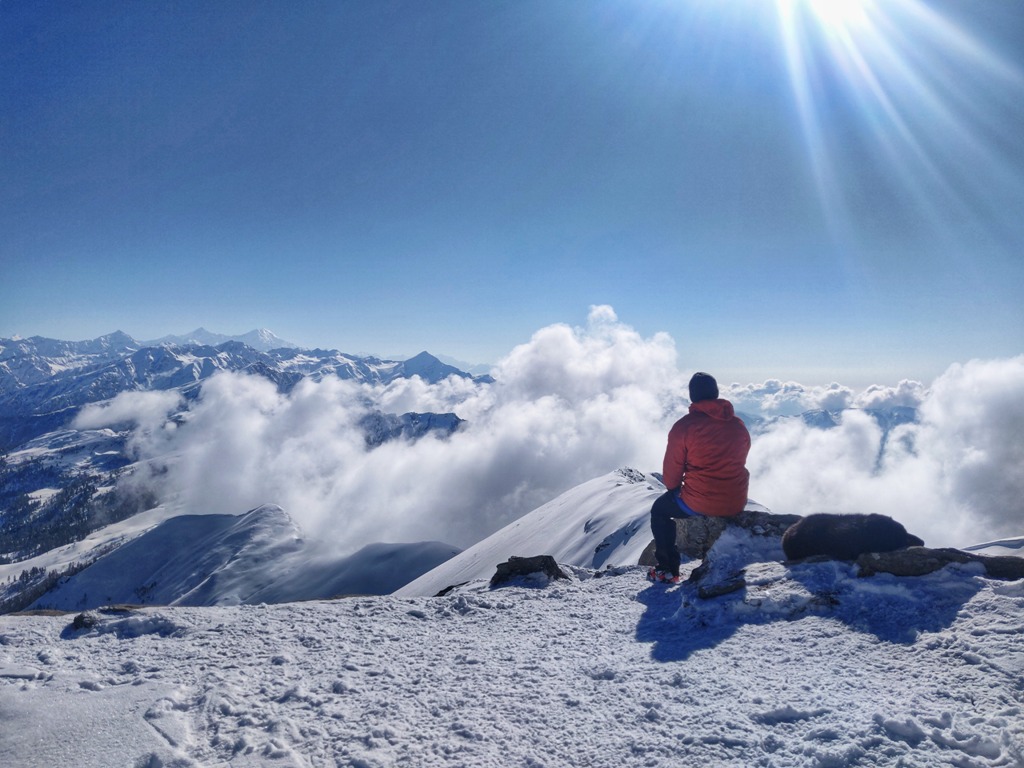
Dealing with Challenges on the Trail
The biggest challenges of Kedarkantha are extreme cold and summit push stamina. Mental preparation is just as important as physical fitness. Stay positive, move at your own pace, and take in the journey instead of rushing.
Best Campsites on Kedarkantha
The trek is dotted with beautiful campsites like Juda Ka Talab, Kedarkantha Base Camp, and Hargaon. Camping amidst snow-clad trees with bonfire warmth is a memory that stays forever.
Conclusion
The Kedarkantha trek is more than just a winter adventure—it’s a life-changing Himalayan experience. With the right preparation, essential gear, and mindful approach, anyone can enjoy its magic. Whether it’s your first Himalayan trek or one among many, Kedarkantha promises snow, starlit nights, and memories for a lifetime.
FAQs
1. How difficult is Kedarkantha Trek?
Ans: It is a moderate trek suitable for beginners with basic fitness levels.
2. How many days does the trek take?
Ans: Typically, 5–6 days including travel from Dehradun.
3. What is the best season?
Ans: December to April for the classic snow trek experience.
4. Do I need permits?
Ans: Yes, permits are required but usually arranged by trekking companies.
Ans: Yes, but it’s safer and more enjoyable to join a group with professional guides.
Written By:
Birendra Bisht



Hotels at your convenience
Now choose your stay according to your preference. From finding a place for your dream destination or a mere weekend getaway to business accommodations or brief stay, we have got you covered. Explore hotels as per your mood.
